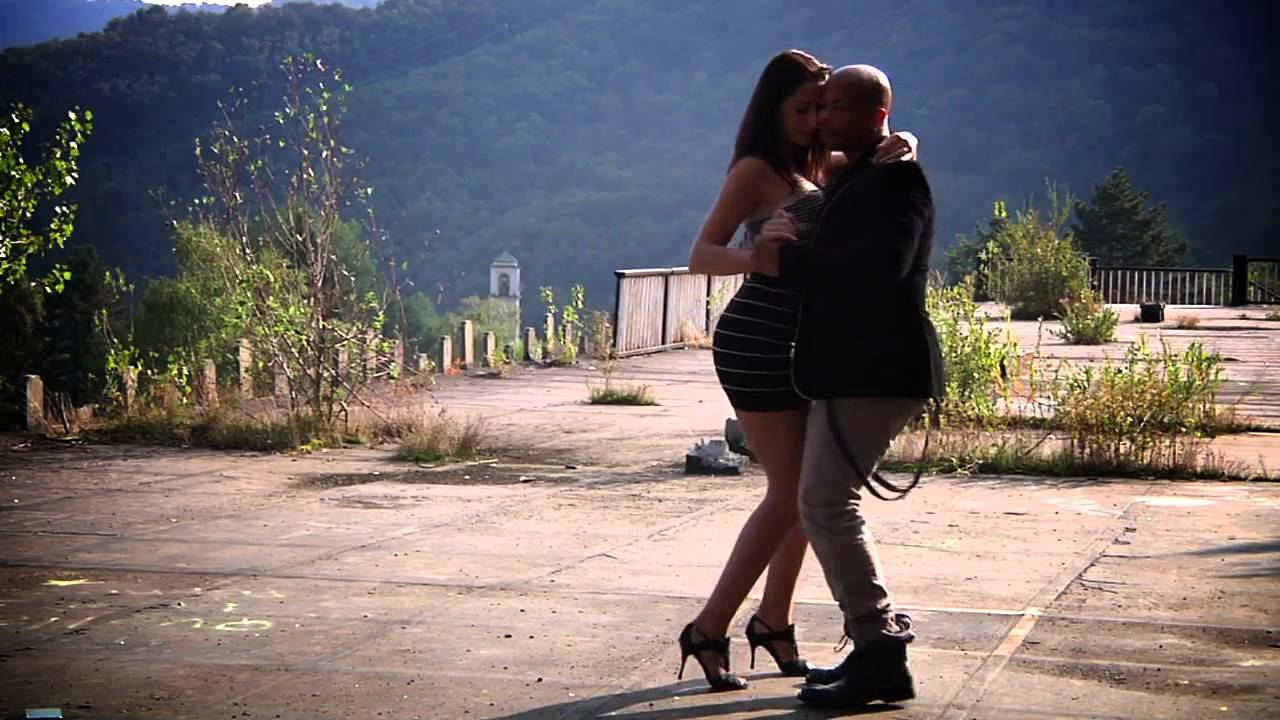La Kizomba is one of the great dances of fashion. Beautiful and sensual yet dynamic, contagious and explosive in its rhythm. The kizomba is one of those dances that catches and seduces us. For many people it is a breath of freshness, something new, that fills with emotion, and simple in their dance. Its basic steps are easy to develop, and so is its evolution into increasingly complex steps.
But how does the kizomba emerge? How has it evolved? What styles of kizomba are there?
The origin of the kizomba must be sought in Angola. Etymologically, the term "kizomba" comes from an expression of the Kimbundu language, whose meaning is "fiesta". Although in the 1950s and 1960s Angola already danced a dance known as "Semba", which we can consider the antecedent of the kizomba, its development as a dance is made in the 80s.
This traditional dance, Semba, is still very much alive in Angola, even if there is not a totally defined structure of steps and movements. She usually dances at parties. As well as Semba, there are other similar traditional dances such as Rebita, Kasukuta, Kabetula, Maringa, Caduque, Cidralia and Dizanda. What we know today as Kizomba is the fusion of traditional Semba music with Zouk music. And here you can see all about zouk and lambazouk.
The different influences of many cultures that have been colonizing the European continent, together with other musical airs of South America, mainly Argentinean tango and Cuban merengue, have been outlining the way of dancing "kizombadas".
In Angola, there is no big difference between the way Kizomba and Semba dance. However, both visually and in its development, the music Kizomba and Semba are totally different.
Kizomba has long been danced in Angola, Portugal and Cape Verde. But it has spread to other very varied countries, such as Spain, France, England, Poland, Denmark, Belgium, Sweden, Byelorussia, Lithuania, Egypt, Switzerland, Serbia, Canada and also the United States.
Do you know the evolution of kizomba and its steps?
The kizomba is a slow dance, with sensual shades, and movements that combine knee flexion with ascending and descending rhythms, as well as hip rotations. It is usually danced in a circle, with steps forward and backward.
The evolution of the kizomba has come to different dance steps short and open, with rapid foot movements and the execution of many tricks. The importance is given to the sensations caused by the closeness with the couple. Although there is some debate about the times, if you dance in three or four beats, there is a large majority of its practitioners who accept the three beats.
The kizomba has evolved into a dance in which the torso of the two members of the couple is in contact for a long time, except for a few specific steps in which the contact is lateral. In this lateral phase, the hips rub against each other and the intertwined movement of the legs reminds us of the famous Argentine tango.
In its beginnings the kizomba was more static and lacking in turns, with a dance stuck between the torsos and very sensual hip movements. Through his passage through Europe, he has been evolving and adding more laps and developing different very visual figures.
It differs from other styles in that it does not have a closed step metric, but its single time steps are as many as those executed in double time. In its cadence, a sequence similar to this one could be followed: a strong clap, then two very fast and close soft strokes, and a third soft slap, separated from the two previous ones. This structure is more or less followed throughout the whole song, except at times when the music plays. These musical moments are known as tarraxinha.
The different styles of kizomba
As a result of the evolution of kizomba over time, different styles and variations have emerged, such as the "last" of a more classic style, where men and women dance very close together, and other more evolved styles such as "Tarraxinha","Quadrinha" and "Ventoinnha".
A style that combines elements of kizomba with dance and techno nuances is the "kuduro".
Where do you dance kizomba in Europe?
Would you like to dance kizomba? There are many venues where you can find this sensual dance. But if you want something big, in Europe there are different annual congresses of kizomba. Among them stand out:
Kizomba congresses in Spain
It takes place in Madrid, near the December bridge. It has been held since 2009.
The Criola Beach Festival takes place the first weekend of June in Alicante. Since 2011.
The Madrid Kizomba Festival was born in 2010 and takes place on the last weekend of September.The Afrolatindindancecongress Congress will be held from 2011 on the first weekend of March.
And every year new ones like the KizomBCN Paixão in October and the Barcelona Tentaçao Festival in April.
Kizomba congresses in France
The Kizomba Swimming Festival has been held in July in Paris since 2010.
Kizomba congresses in Portugal
AfrincaDançar has been held since 2008 in Lisbon since the end of April. And the Like Festival at the end of September, since 2010.
Kizomba congresses in the UK
In the UK there is a famous kizomba festival in London since 2010. The appointment is in September.
Kizomba congresses in Belgium
In June, Belgium has been hosting the Kizombalove Summer Festival and Kizombalove Summer in the city since 2009.
And many other Kizomba congresses throughout Europe.
The truth is that if you want to enjoy this beautiful dance you have no excuse because there are so many offers.
Now tell us in the comments when and where you started dancing kizomba. We'd love to hear from you. (thank you very much).
You may also be interested: This is the recipe for a healthy, happy and fun life.







